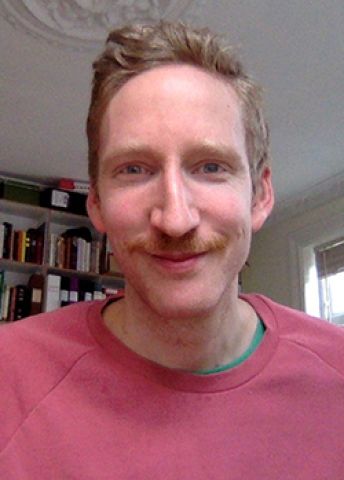
Program for mathematics 2019
Grant to a post-doctoral position abroad
Jakob Hultgren
Chalmers University of Technology
Post doc at
University of Maryland College Park, Maryland, USA
Grant to a post-doctoral position abroad
Jakob Hultgren
Chalmers University of Technology
Post doc at
University of Maryland College Park, Maryland, USA
New tools for capturing the unruly
Jakob Hultgren received his doctoral degree in mathematics from Chalmers University of Technologyin 2018. Thanks to a grant from the Knut and Alice Wallenberg Foundation, he will hold a postdoctoral position with ProfessorYanir A Rubinstein at the University of Maryland College Park, Maryland, USA.
Complex geometry studies many geometric objects, such as curves and curved surfaces, that have proved important in theoretical physics, such as in quantum mechanics and string theory. Usually, these geometric objects are created as a set of solutions to a number of algebraic equations. However, the objects can appear to be quite different and, often, what is basically the same object can have many different shapes.
This project is about finding ways to deform these objects so that they obtain a more uniform look. This can be done in two ways: it is either regarded as deforming the geometric object, or as deforming the measure used to gauge the distances on the object. The special measures that need to be created for this type of deformation are called canonical metrics.
Often, it is not possible to perform the desired deformations. In other words, there are no canonical metrics with the right properties. For example, it is not possible to flatten an orange peel without folding or tearing it; the peel has the wrong topology for a flat metric. Instead, this requires a canonical metric that is positively curved. Often this does not work either, there is a somewhat deeper problem hindering this process.
These problematic objects were suspected of creating disorder even in the moduli space of algebraic geometry. A moduli space is a way of organizing a large number of geometric objects by assigning each one a point in space. But some objects do not fit in, they are unstable and must be removed for the moduli space to be formed.
That it was actually the same bothersome objects that also lacked canonical metrics was proven as recently as 2013, but only for a type of canonical metrics called Kähler-Einstein metrics. The purpose of this project is to develop new canonical metrics that can be applied more broadly than the previous Kähler-Einstein metrics, and to try to understand the associations between the new metrics and unstable geometrical objects.